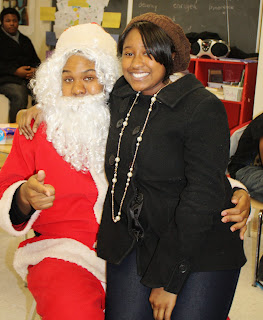Rules for Using The Semicolon
The semicolon ( ; ) has similar uses to a comma:
A semicolon doesn’t come to a complete stop like a period does.
A semicolon can join two clauses using transitional words like: however,
otherwise, therefore, subsequently, in addition etc.
A semicolon is stronger than a comma.
The semicolon separates a sentence with 2 closely related meanings. Some
teachers call the semicolon the super comma to help students remember how
to use it.
Here are some common ways to use a semicolon:
1. You tried your hardest; second place is a good finish.
2. I like chocolate; however, I don’t like dark chocolate.
Semicolons are also used in lists even though it is correct to use commas in
lists.
1. Back to school items you’ll need are: a sturdy back pack; pencil cases
equipped with pencils; lunch box; duo-tangs in five different colors.
2. I have been to: Canada; Japan; Australia; Africa and England.
The Rime of the Ancient Mariner by Samuel Taylor Coleridge vocabulary.
1. mariner (noun) - sailor
2. kin (noun)- family
3. loon (noun)- crazy person
4. kirk (noun)- church
5. hoary (adjective)- white (hoarfrost- Frozen dew that forms a white coating on a
surface.)
6. albatross (noun)- large bird chiefly of the oceans of the Southern Hemisphere; a constant, worrisome burden; an obstacle to success.
7. vespers-(noun)- The sixth of the seven canonical hours; evensong.
8. fathom- (noun / verb)- A unit of length equal to 6 feet (1.83 meters), used principally in the measurement and specification of marine depths; (verb) to penetrate to the meaning or nature of; comprehend.
9. to aver (verb)- to assert or justify or prove
10. gossamer (noun / adjective)- A soft sheer gauzy fabric; something delicate, light, or flimsy; (adj.); sheer, light, delicate, or tenuous.
11. sedge (noun)- grass like plants
12. sere (adjective)- very dry
13. keel (noun)- The principal structural member of a ship, running lengthwise along the center line from bow to stern, to which the frames are attached; ship. (to keel over-to collapse or fall over, as in a faint)
14. swound (noun / verb)- archaic way of swoon (faint); also note God’s wounds.
15. rood (noun)- cross
16. skiff (noun)- a flat bottom, shallow draft boat
17. to shrive (verb)- To hear the confession of and give absolution to (a penitent).
The theme of The Rime of the Ancient Mariner is summed up in the following stanza. Be prepared to briefly (as in 25-50 words) explain the following stanza as it relates to the poem / romanticism.
He prayeth best, who loveth best
All things both great and small;
For the dear God who loveth us,
He made and loveth all."




















As our ELA exam is January 11 this year, there are a limited number of options that you will have with which to write your primary essay. They works are as follows: the biography Black Boy by Richard Wright, the historical novel The Scarlet Letter by Nathanial Hawthorne, the play Hamlet by William Shakespeare and the Romantic poem Thanatopsis by William Cullen Bryant.
For each of the above, you should glibly be able to name: author, title, genre, plot summary, tone, theme, setting and any figurative language devices that flesh out these literary elements. As there is no way of knowing what the critical lens quote will be, you really, really must have these four down solid. No other works will be accepted. Please keep in mind that the ELA grade is not part of this marking period's grade, but a separate line item on the your report card; hence that is what colleges will see.
OK- As noted before the break we are writing about Black Boy on the Monday and Tuesday when you get back. We are in the 3rd floor computer lab. If you are absent, you will have to make it up during school at an arranged / supervised time. Below is a copy of the questions I handed out in class. You may use the notes you took over the break, but not your book in class.
Respond to two of the questions thoroughly. Make sure you have more than one example of detailled evidence to support your thesis. (Please note that you may not use the same evidence for more than one response.) As well, do not forget the analytical statement. Please approach this with the level of sophistication you wrote your final Thanatopsis essay. This is the rigor you need for the ELA. Each question should be a minimum of 250 words.
1. Discuss Richard's relationship with food.
5. Explain the following quote as it pertains to Richard's philosophy olife: "I lived on what I did not eat."